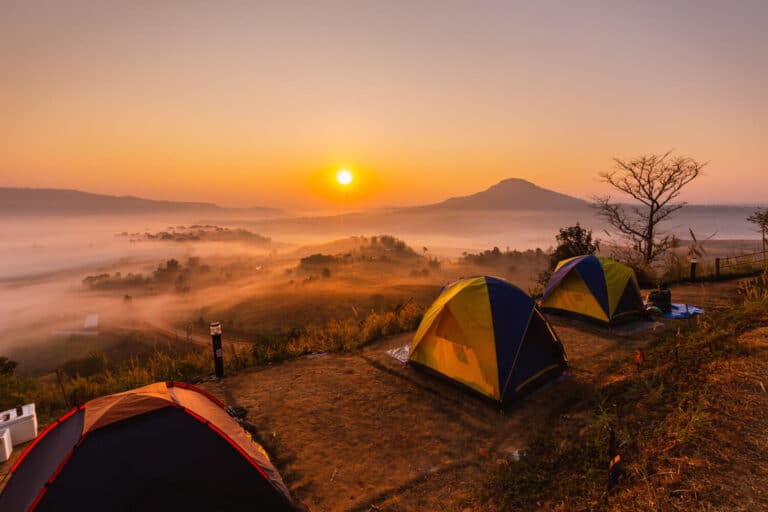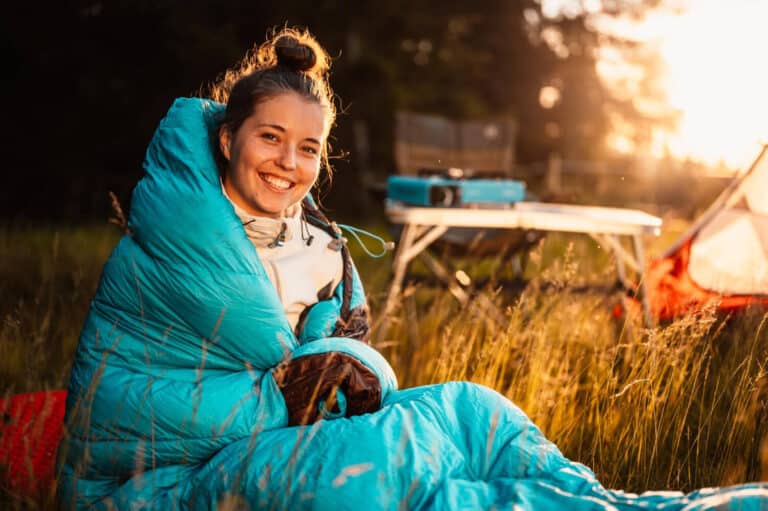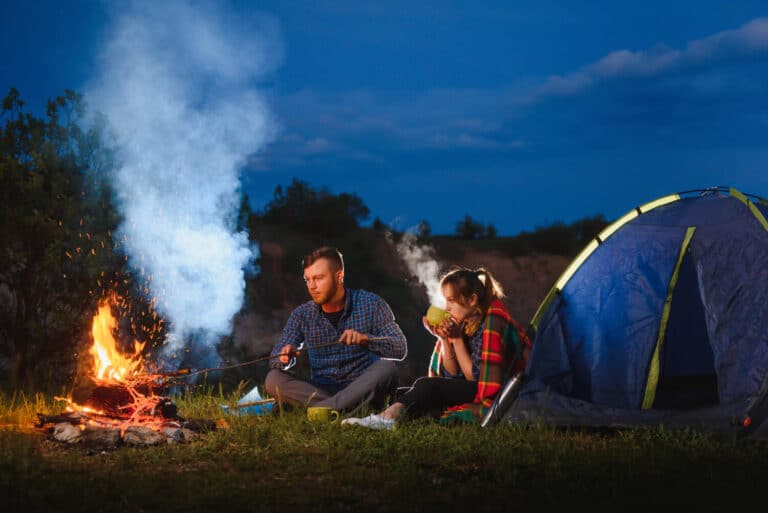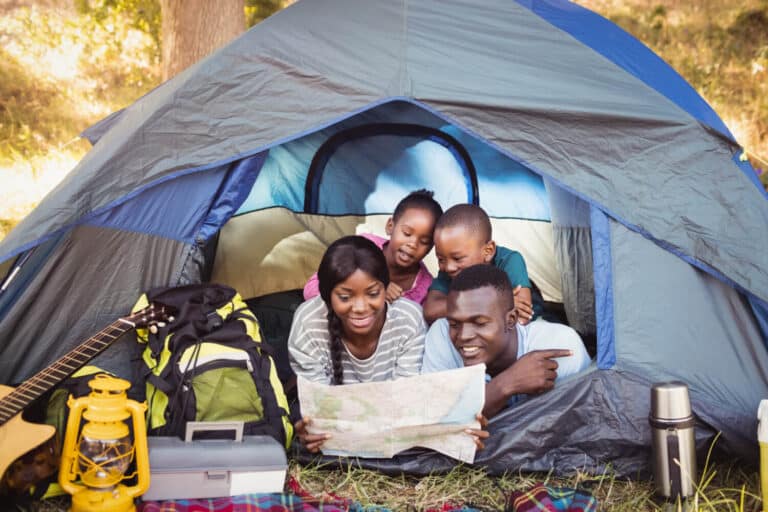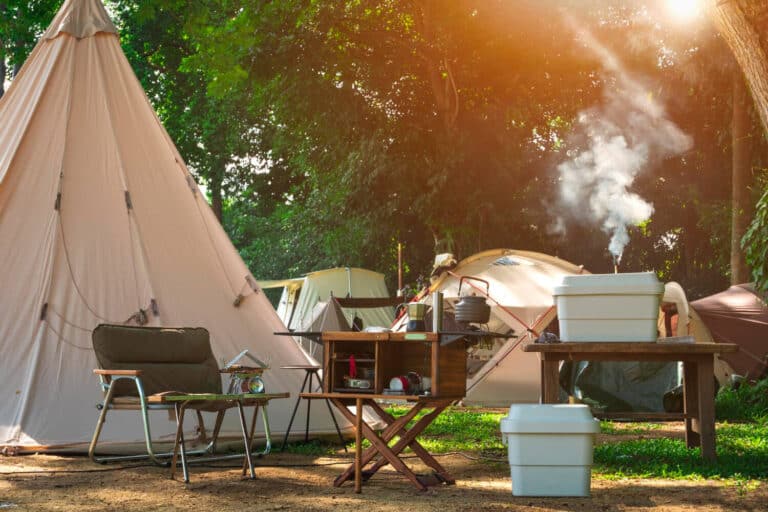4 Top Backpacking Tent Options for Every Trekker
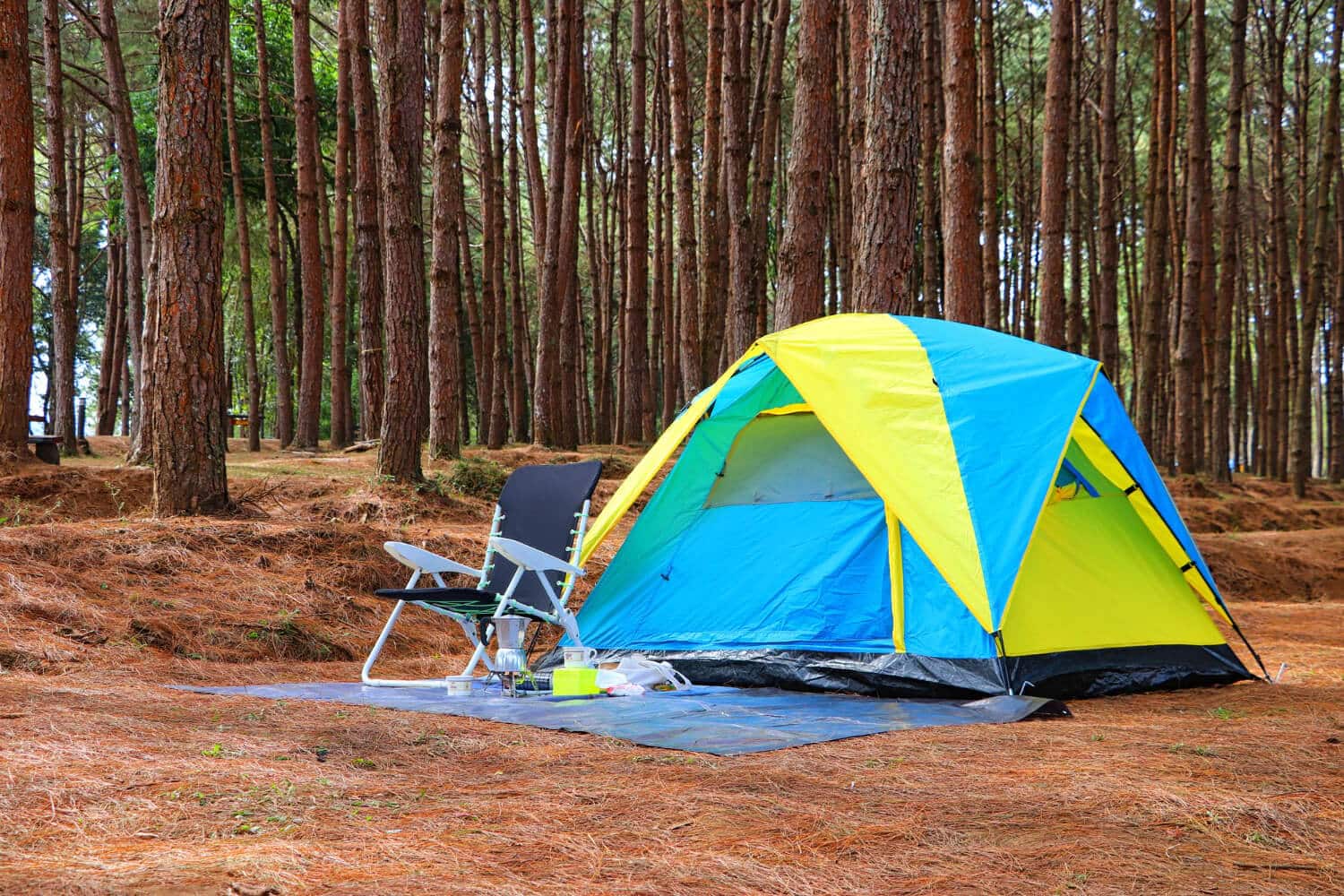
Many backpackers must consider multiple factors when picking out a tent – from the weather conditions to the terrain they are backpacking in. It’s important to understand what elements you may need protection from to ensure all your needs are met. For instance, one tent wouldn’t suit the Sahara desert and Mt. Everest! To ensure you select the top backpacking tent option for your outing, this guide features options we’ll explore on the following pages.
Decisions We Make Boast 3 Main Characteristics
(1) Protection
(2) Lightweight
(3) Portability
If you’re seeking a lightweight transport solution, here’s what you need to know: opt for something less than three pounds per person. We’ve identified multiple reliable and lightweight top backpacking tent options perfect for your circumstances.
Traditional 3-Season Tent
For traditional campers, the classic three-season tent offers the most protection from the elements, completely enclosed with its floor – just like what you may recall camping in as a child. Thanks to modern tech advancements, these tents have become more lightweight and are great alternatives for ultralight backpacking.
Aside from its nostalgic feel, one of its unique advantages is its weight – while heavier than other lightweight tents – this can be considered a welcome trade-off. However, drawbacks include price & poor ventilation; with such pristine design & features in a lightweight tent that is less than 3 pounds per occupant, expect to pay a hefty price. Furthermore, the tent’s fully sealed design can impede airflow and lead to discomforting sauna situations in hot & humid climates.
Hammock Tent
The hammock ultralight backpacking tent is a unique sleeping solution ideal for adventurers used to exploring forested areas. Its innovative design, hanging between two trees with a rainfly sheltering you from the elements, makes it a superb lightweight option. Also, due to its chair-like structure, you can use it as a comfortable seat while enjoying your meals. The downside? You may end up with an unconventional sleep posture, and more importantly – heat tends to escape through the gaps in the hammock, so prepare accordingly.
Tarp Tent
If you want to save money, a tarp tent may be the way to go. However, it takes practice and finesse to pitch it properly. You’ll also need to be mindful of your campsite selection, as heavy winds or a change in the weather can lead to a breezy or wet night’s rest if not pitched correctly.
As far as the benefits go, it will undoubtedly provide you with budget advantages – plus, you can take pride in knowing you have mastered the art of improvisation! Just take care to note that tarp tents offer little-to-no protection from insects, which should be considered when pondering your camping site options.
Bivy
A bivy is an obvious choice if you’re looking for a lightweight, compact shelter option. A bivy is an enclosed shelter that fits snugly around your sleeping bag. It usually has a hoop at one end to hold it away from the person sleeping. But remember that these shelters are best used as an emergency measure; they only provide a little space inside, making them unsuitable if you want to eat, cook or sit up inside the shelter. It’s worth considering a bivy if you’re out hiking and lousy weather hits unexpectedly.
Needs Assessment
Have you been deliberating your ideal lightweight backpacking tent for your next adventure? Your preferences will likely hold the key to your success. Analyse the places you intend to camp carefully and purchase a shelter model that satisfies your needs.
Are you a traditional backpacking enthusiast who can’t seem to fathom any other tent? It’s time to place your trust in something lighter! Not only will the relief to your load be rewarding, but the extra distance, breathtaking views, and spectacular sights will also be worth it. Why not give it a go? Invest in a top backpacking tent to enhance your experience.
